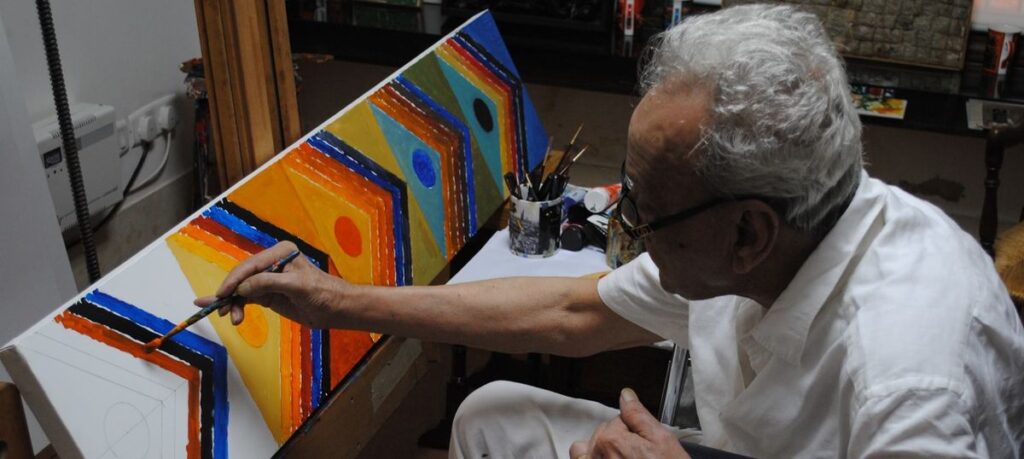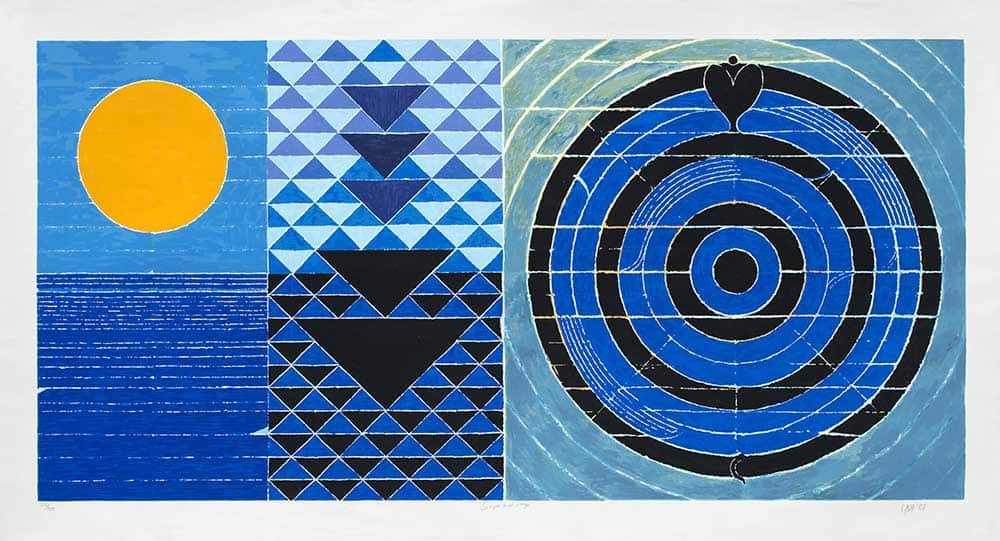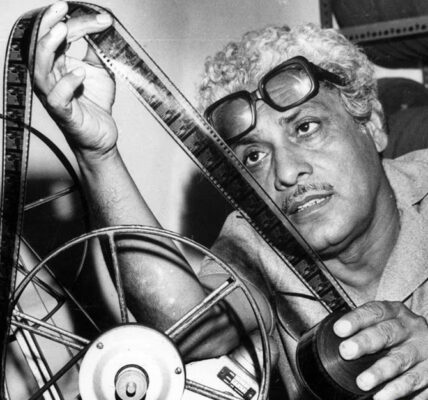S. H. Raza: A Visionary of Indian Modernism
Sayed Haider Raza, known as S. H. Raza, was a pivotal figure in Indian modern art. Born in 1922 in Madhya Pradesh, India, Raza’s artistic journey began early, influenced by the landscapes of rural India. In 1947, he co-founded the Progressive Artists’ Group in Bombay, aiming to break free from colonial influences and establish a unique Indian modernist identity.

Raza’s work is characterized by its vibrant use of color, bold geometric forms, and deep spiritual symbolism. His early works were heavily influenced by European modernism, particularly by the Parisian art scene, where he lived for much of his life. However, Raza’s later works, especially his iconic “Bindu” series, marked a return to his Indian roots. The “Bindu,” a central point in his paintings, represents the source of all energy and life, embodying both the spiritual and cosmic realms.

Raza’s art transcends the purely visual, inviting viewers into a meditative experience. His works have been exhibited globally, earning him numerous accolades, including the Padma Vibhushan, India’s second-highest civilian award. S.H. Raza’s legacy endures as a bridge between Eastern spirituality and Western modernism, making him a cornerstone of Indian contemporary art.





